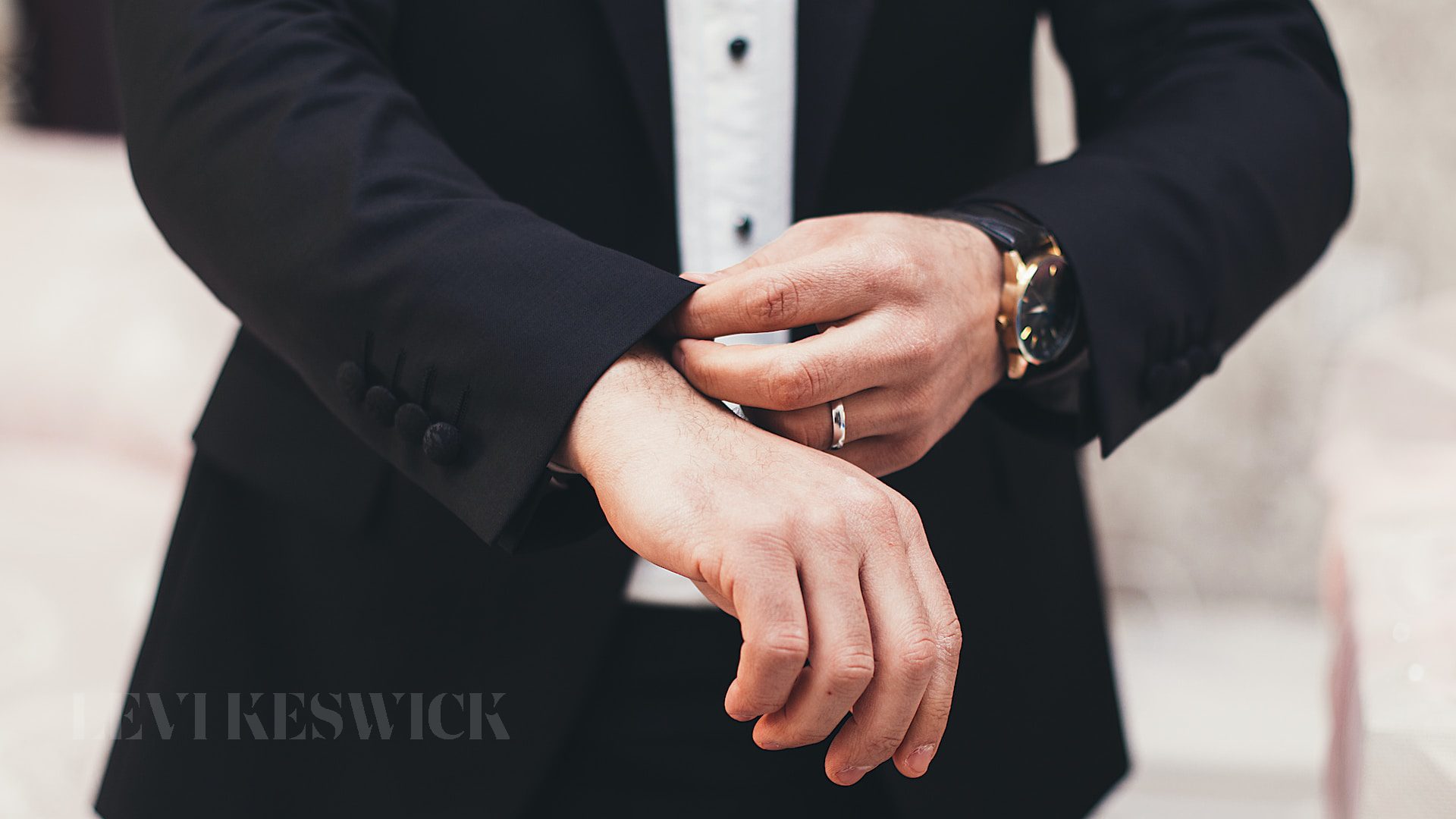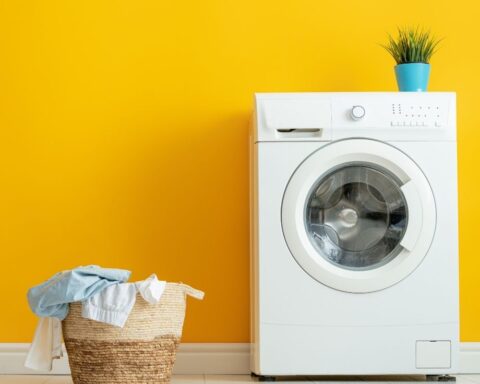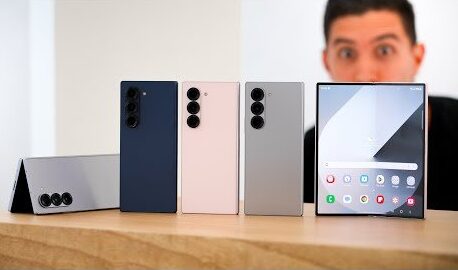Key Takeaways:
- Understand different dress codes and their significance
- Context is essential when deciding what to wear
- Smart formal attire is versatile and can be adapted to various occasions
- Accessorize to make a statement and express your personality
Unraveling the Dress Code Dilemma
Navigating the maze of dress codes can be confusing and frustrating for men, particularly when it comes to the smart formal category. This article will help decode the ambiguity of dress codes and provide guidance on how to make a stylish statement while adhering to the appropriate attire for any occasion.
The Importance of Context
When deciding what to wear, it’s essential to consider the context of the event, the venue, and the host’s expectations. While some occasions call for strict adherence to a dress code, others allow for more flexibility and personal expression. Knowing your audience and the event’s setting will help you make an informed decision about your attire.
The Smart Formal Look
Smart formal attire strikes a balance between casual and formal dress codes. It’s versatile and suitable for various occasions, including weddings, corporate events, and upscale social gatherings. Here are some tips for achieving the perfect smart formal look:
Suits and Blazers
Smart formal calls for a well-tailored suit or blazer. While black, navy, and charcoal are classic choices, feel free to explore other colors and patterns to express your personal style. Pair your suit or blazer with a crisp button-down shirt or a high-quality, plain-colored t-shirt for a more relaxed approach.
Trousers
Choose trousers that complement your suit or blazer. Aim for a slim or straight fit, and ensure they are the appropriate length. Chinos and dress pants in neutral colors are excellent choices for smart formal events.
Shoes
Footwear is an essential component of any outfit, especially in the smart formal category. Opt for dress shoes, brogues, or loafers in classic colors such as black, brown, or oxblood. Ensure your shoes are clean and well-maintained to complete your polished look.
Accessories
To elevate your smart formal outfit, incorporate accessories that showcase your personality. Consider ties, pocket squares, cufflinks, and lapel pins in bold colors or interesting patterns. Remember, less is often more when it comes to accessorizing, so choose one or two statement pieces to avoid overdoing it.
Dress Code Variations
While this guide focuses on smart formal attire, it’s important to understand other dress codes you may encounter. Here’s a brief overview of some common dress codes:
Casual
Casual attire allows for maximum comfort and self-expression. Think t-shirts, shorts, jeans, and sneakers. Daytime events typically call for more laid-back attire, while nighttime casual events may require slightly more polished outfits, such as chinos and button-down shirts.
Smart Casual
Smart casual is a step up from casual attire, blending elements of both casual and formal dress codes. This can include combinations like denim with a blazer or chinos with a button-down shirt and jacket. Shoes can range from sneakers to brogues, depending on the event and your personal style.
Formal
Formal attire requires suits, dress shirts, and polished shoes. Accessories like ties and pocket squares are expected, and the overall look should be refined and polished.
Black Tie
Black tie events are the most formal occasions, requiring tuxedos or dark suits, dress shirts, bow ties, and formal shoes. Accessories should be understated and elegant, allowing the focus to remain on the attire’s sophistication.
Adapting to Changing Trends
As fashion evolves and societal norms shift, dress codes can become more fluid and open to interpretation. Stay informed about current trends and don’t be afraid to experiment with new styles and colors. Embrace the opportunity to express your individuality through your clothing while maintaining a level of sophistication and polish that smart formal attire demands.
Dressing for Success
Ultimately, dressing smart formal is about finding the perfect balance between casual and formal attire that showcases your personal style while respecting the event’s context. By following these guidelines and tips, you’ll be well on your way to mastering the art of smart formal dressing and making a lasting impression at any social or professional gathering.
Final Thoughts
When dressing for any occasion, it’s crucial to remember that confidence is key. If you feel comfortable and self-assured in your outfit, it will show, and others will take notice. By understanding the various dress codes and tailoring your attire to suit the specific event, you’ll be well-equipped to make a stylish statement, regardless of the occasion.








